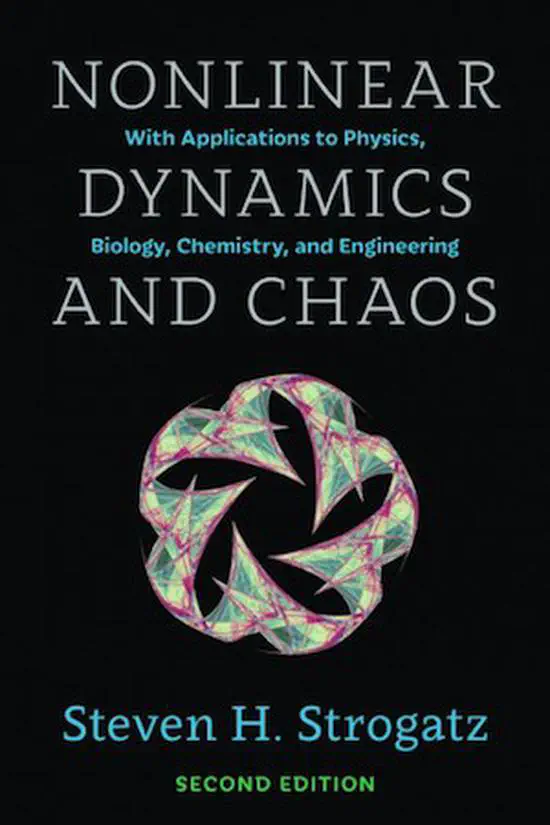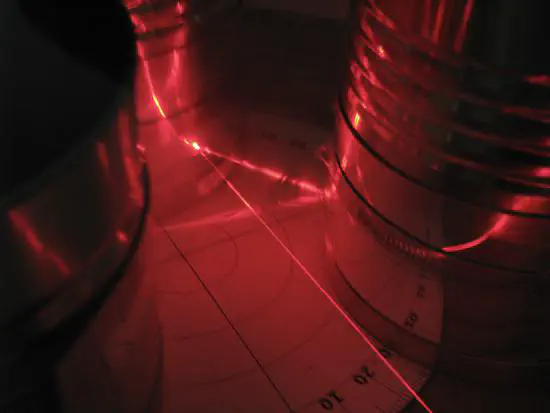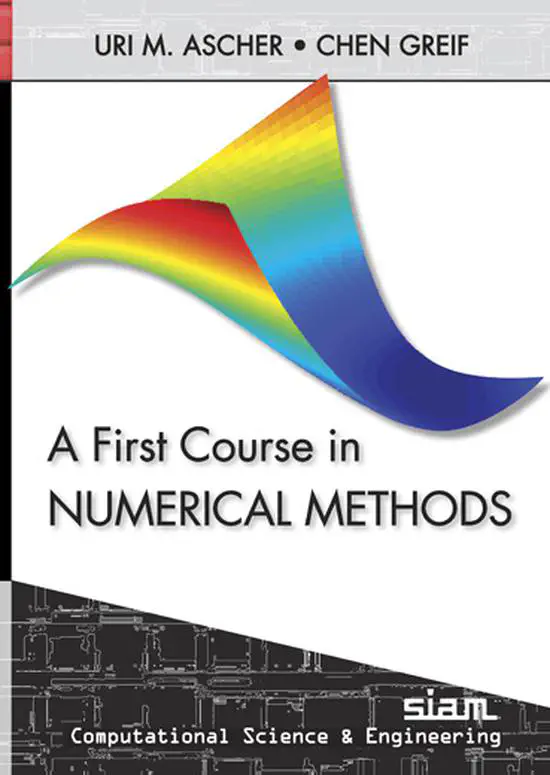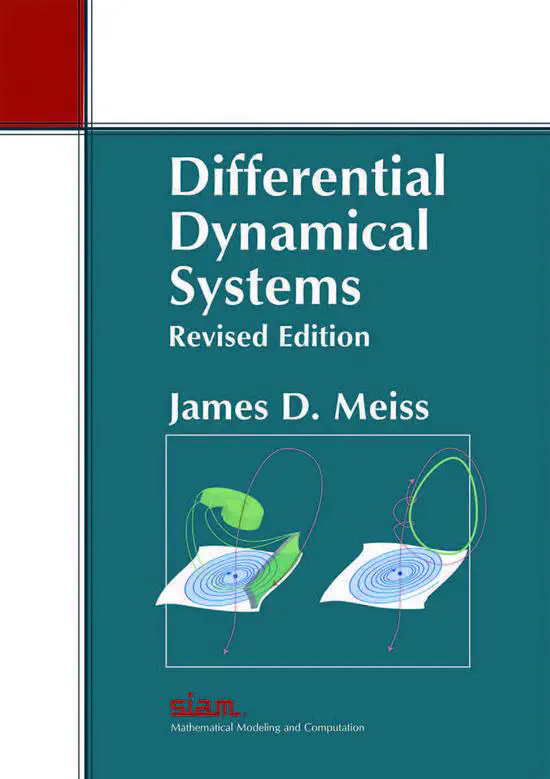Teaching
.js-id-current, .js-id-previous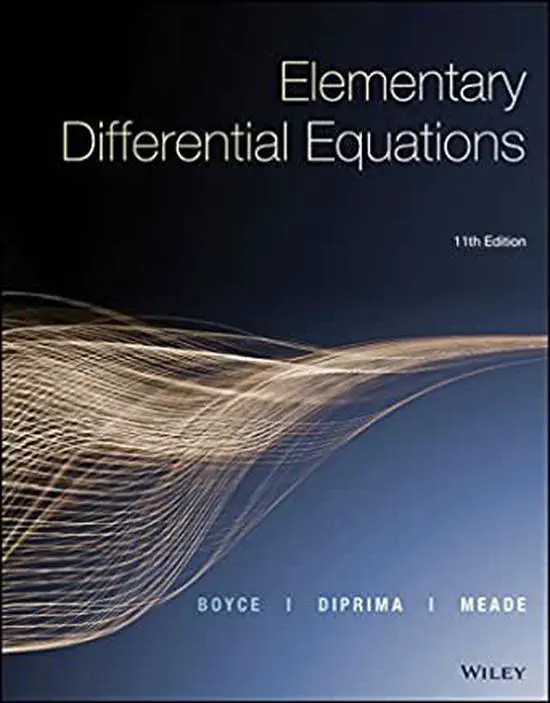
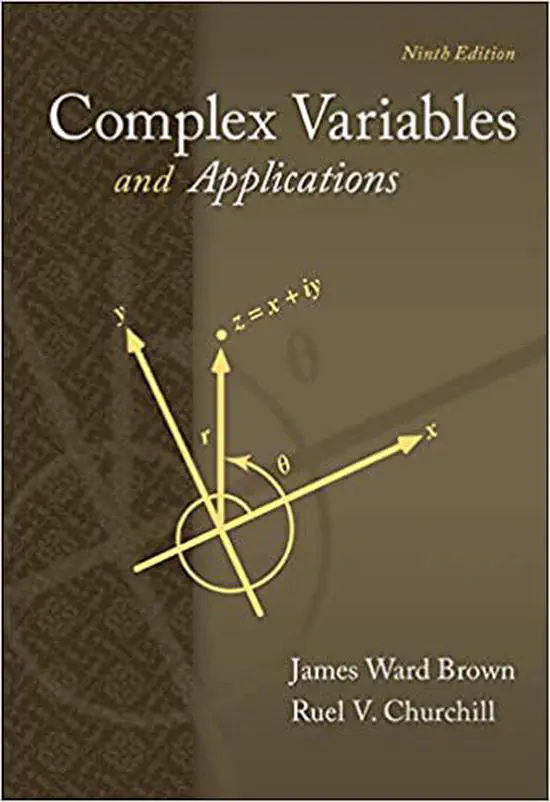
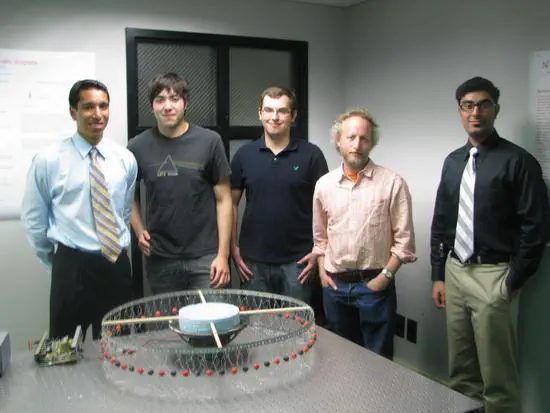
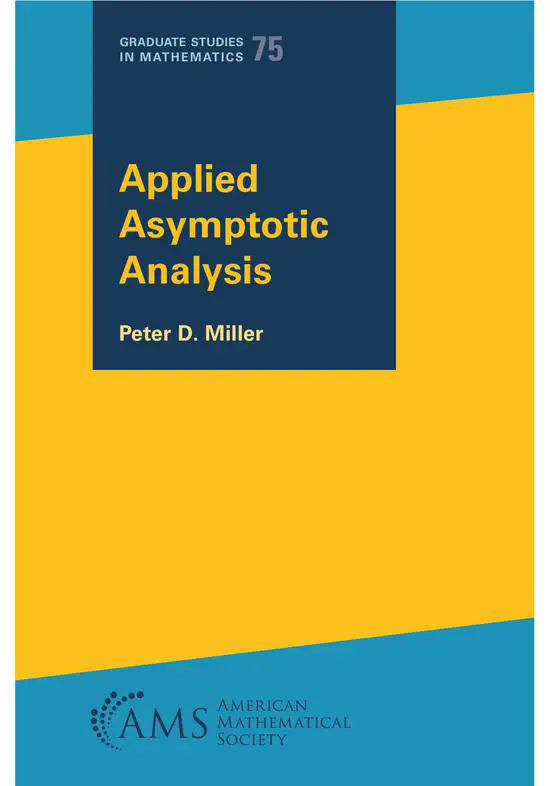
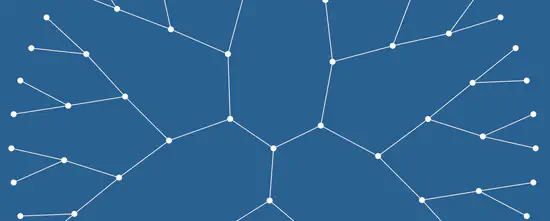

Math 222 Differential Equations
I coordinated and taught this class between 2017 and 2022.

Math 332 Complex Variables
Spring 2020

Math 450H & Math 451H Capstone 1 & 2
Spring 2005, Spring 2006, Spring 2010, Fall 2012, Spring 2013

Math 671–Asymptotic Methods
Fall 2023

Summer School on Nonlinear Quantum Graphs
One week summer school on Nonlinear Quantum Graphs, Valenciennes, France, June 17-21, 2024
